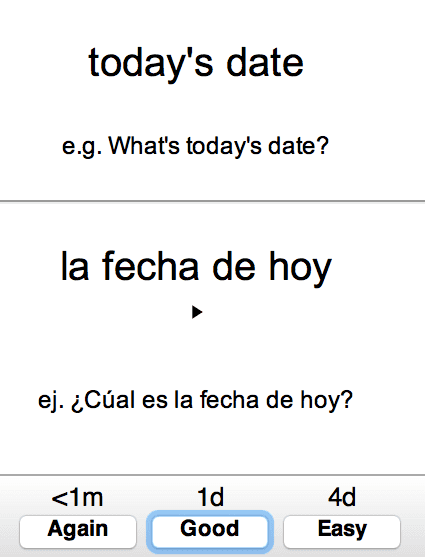The 2 things to take away from Learning How to Learn
TLDR: Take breaks and methodically set a review-schedule to learn effectively.
You may or not may not have come across Dr. Barbara Oakley. She is the author of A Mind for Numbers and an instructor for the online course Learning How to Learn.
I came across the book A Mind for Numbers back in 2015. It was fantastic. I later found out about her online course as well, but there was so much overlap between the book and the course. The overlap didn’t make it much more worthwhile to take the course than to have just read the book.
But the book itself still helped me become better. Learning methods are diverse. There isn’t a one-size-fits-all approach. Not everyone will learn efficiently grinding hours away at a library. Everyone is different, and certain learning approaches are more effective for different people.
They key is to understand yourself better. Understand how you learn, so that you can figure out the best method for yourself.
Here, I want to share two lessons from the book that have been useful for me, and can be applied to anything you learn.
Learning how to learn
Some say this is arguably the most important skill to have today. For someone in tech, this makes sense.
You know how they say technical skills can be taught, and that it’s not a huge deal if an interviewee doesn’t know a framework? It’s very true. You don’t need to be a Java master to get the job. You just need to show that you can learn and perform well on-the-go.
Key ideas from the book
A Mind for Numbers was focused on math, but there were two transferrable ideas that I have been applying to everything:
- Spaced Repetition
- Focused vs. Diffused Learning
Spaced repetition
You know what can really make a difference in your learning journey? Reviews. Your review tactics. How you review. When you review it.
The book walked through the idea of spacing out your reviews. For example, let’s say you are studying a new language. You take down some new vocabulary, and this is how spaced repetition could look like:
- learn word (Today)
- review word (later today)
- review word (1 day from now)
- review word (2 days from now)
- review word (4 days from now)
- review word (6 days from now)
- review word (9 days from now)
- etc…
In the beginning, you want to review it often in order to get it into your brain. But as you keep up the mental workout, you will find that there is less need to frequently review it. So, you space out your repetitions. Further and further apart. That’s the general idea.
When I was studying for my coding interviews, I had a rudimentary approach where I would use a spreadsheet to check my review dates. Based on how recently I have reviewed it, plus how confident I felt about it, I would walk over the question again.
Pro-tip: flashcard tools like Anki help you with exactly this, so that you don’t need to suffer like I did with the spreadsheets above
Focused vs. Diffused learning
You know those ah-ha moments you have in the shower? Shower thoughts? Some of them are so creative that it makes me feel like a genius! Ever wonder how your brain generate these interesting ideas during one of the most undemanding activities of your day?
The book goes through this idea about how we have two modes of learning.
The first mode is Focused mode. This is where we are at our desks, books open, pens in hand, and actually “studying”. Nothing new here. It’s what we already know as “studying”.
The second mode is Diffused mode. This is where we are taking a break from the actual work. Like taking a shower, or going on a walk, or anything else that is relaxing and not making us mentally focus on the actual learning at hand.
They are both tantamount to your learning.
The underlying theory with diffused mode is this: your brain will keep working and learning in the background, even when you are not actually studying. In focused mode, we feed our brains information, but they need time to digest. Our brains need to take the time to process all the info we have been jamming inside our short-term memories. So when we step away from our desks, go on that little walk or even take a shower, our brains are digesting the fresh content and trying to tie the dots together. Sleep is obviously an important part of this process. But even during the day, it processes the info whenever you take breaks.
That’s why taking breaks are recommended. A popular technique that utilizes this is the pomodoro technique. You basically space out 25 minutes of focused learning with 5-15 minutes of breaks in the middle.
Plus, this goes against the concept of cramming, and rightfully so.
That’s all. Hope this helps you. Happy learning!




